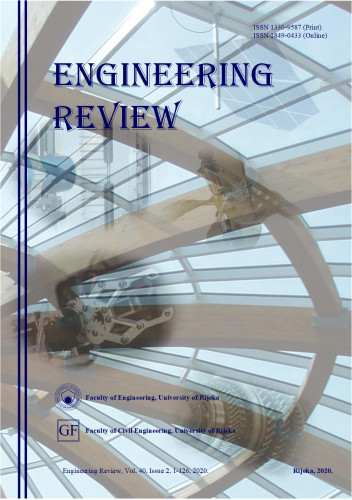The paper gives a review of conditions and triggers in which landslides occur on flysch slopes in central and northern Istria. The north-eastern part of the Istrian Peninsula, the so-called Gray Istria, consists of Paleogene flysch rock mass. Landslides in this area are usually triggered by heavy rainfall together with human activity which changes slope geometry and assists in retaining surface water in the sliding zone. Briefly, hydrogeological conditions in combination with ground water levels and pore water pressures increase, lead to numerous instability phenomena, during the long and continuous rainfall periods. Instabilities usually include small rotational and translational landslides, and it is seldom that debris flows and rock falls occur. Landslides are evenly evidenced in the first part of winter and the early spring time which corresponds to the second rainfall peak. The analyses performed based on landslide documentation and rainfall historical data, show rainfall trends associated with landslide occurrence. Depending on meteorological, hydrological and geological conditions, cumulative rainfall which triggered landslide activation varies inside a three-month period. The results presented show rainfall trends which serve as characteristic landslide triggers on flysch slopes in north-eastern part of Istria.
Sažetak

 Engineering review : 40,2(2020) / editor-in-chief Josip Brnić.
Engineering review : 40,2(2020) / editor-in-chief Josip Brnić.